Accelerated Development of New Energy Vehicles
By ZHANG HAORAN
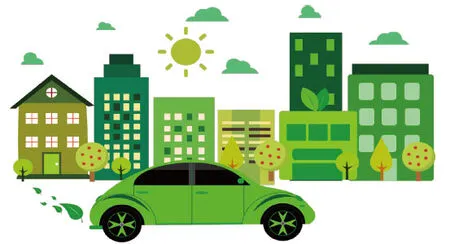
The rapid development of the new energy vehicles (NEVs) industry has injected new momentum into China’s economy. New technologies and the trend of being smart will further fuel the development of the industry.
China's NEV industry has taken both technological innovation and reality into consideration, and promoted the parallel research and development of battery-powered electric vehicles, plug-in hybrid(including extended range) electric vehicles, and fuel cell vehicles to accelerate the industry’s development. In 2020, China’s output and sales of battery-powered electric passenger vehicles stood at 939,200 and 958,900 respectively, with year-on-year growth rates of 8. 42 percent and 16.17 percent respectively. The output and sales of plug-in hybrid passenger vehicles reached 253,800 and 244, 700 respectively,with a year-on-year increase of 20.01 percent and 9.08 percent respectively. In terms of fuel cell vehicles, China is a late starter. In 2020, the output and sales of fuel cell vehicles in China hit only 1,199 and 1,177 respectively, a yearon-year decrease of 57.5 percent and 56.8 percent respectively.
1
China's NEVs production and sales hit a record high. In 2020, in the context of a global economic downturn and the year-on-year decline in China's automobile production and sales volume, NEVs stood out. The cumulative production and sales trend has reversed from negative to positive in November.The cumulative year-on-year growth for production and sales is 10 percent and 13 percent respectively, and the cumulative output of 1.366 million vehicles and the cumulative sales of 1.367 million vehicles are also record highs.
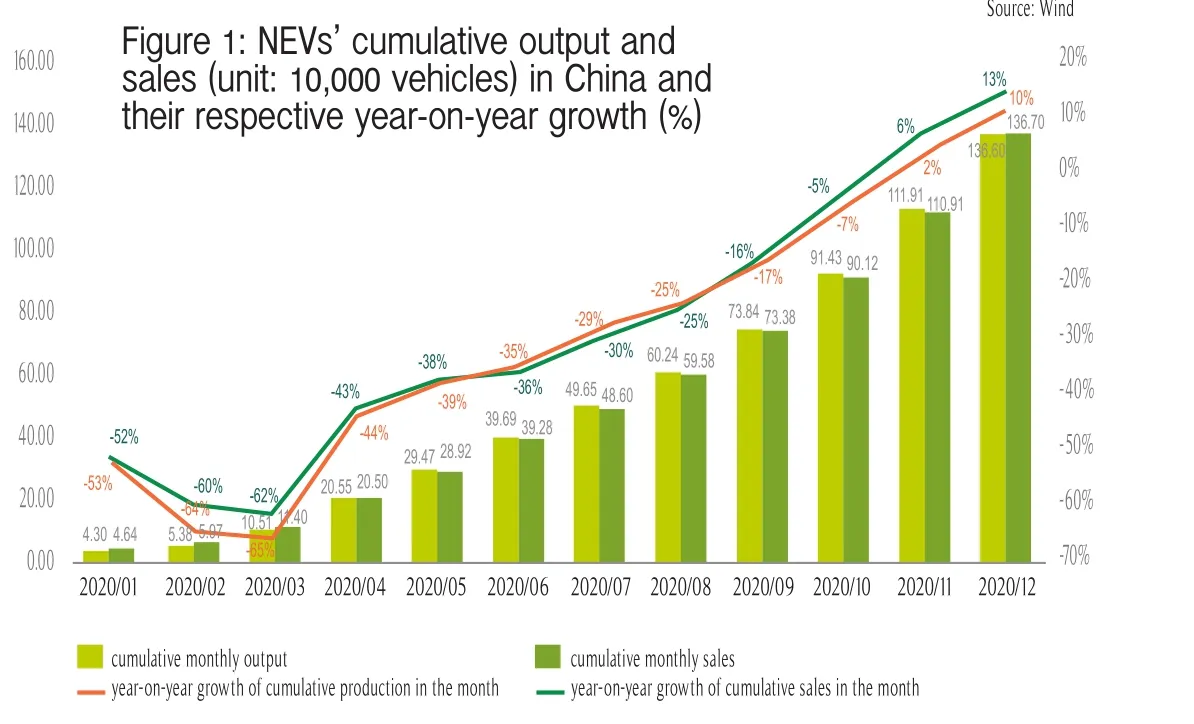
Figure 1: NEVs’ cumulative output and sales (unit: 10,000 vehicles) in China and their respective year-on-year growth (%)
2
Since new energy charging piles were incorporated into the new infrastructure category in March 2020, China's charging pile sector has ushered in a rapid development stage. An official announcement in November further clearly proposed to accelerate the construction of charging piles. Benefiting from the policy of promoting new energy vehicles, at the end of 2020, the number of public charging piles in China had reached 807, 400, the highest in the world; an increase of 56 percent over the previous year. In terms of distribution, the number of charging piles is closely related to the regional economic level. The most economically developed areas in China, Beijing,Shanghai, and Guangzhou,take up 30 percent of the country’s charging piles.
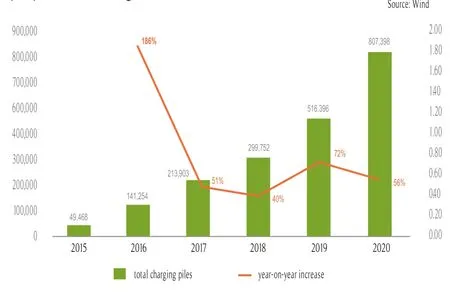
Figure 2: The number of public charging piles and proportions of regions (%) in China
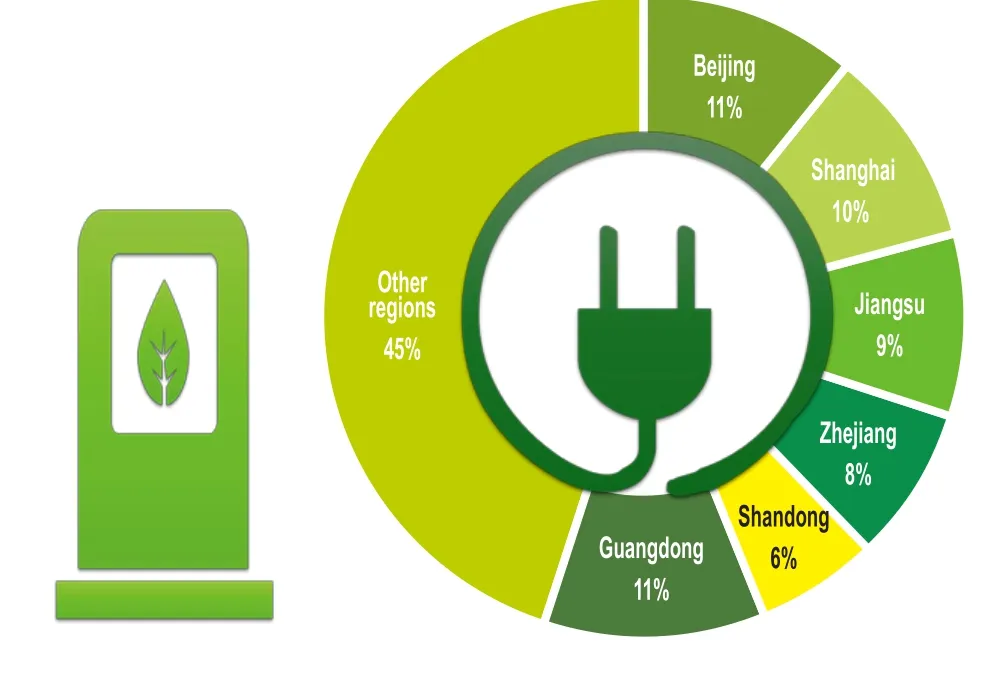
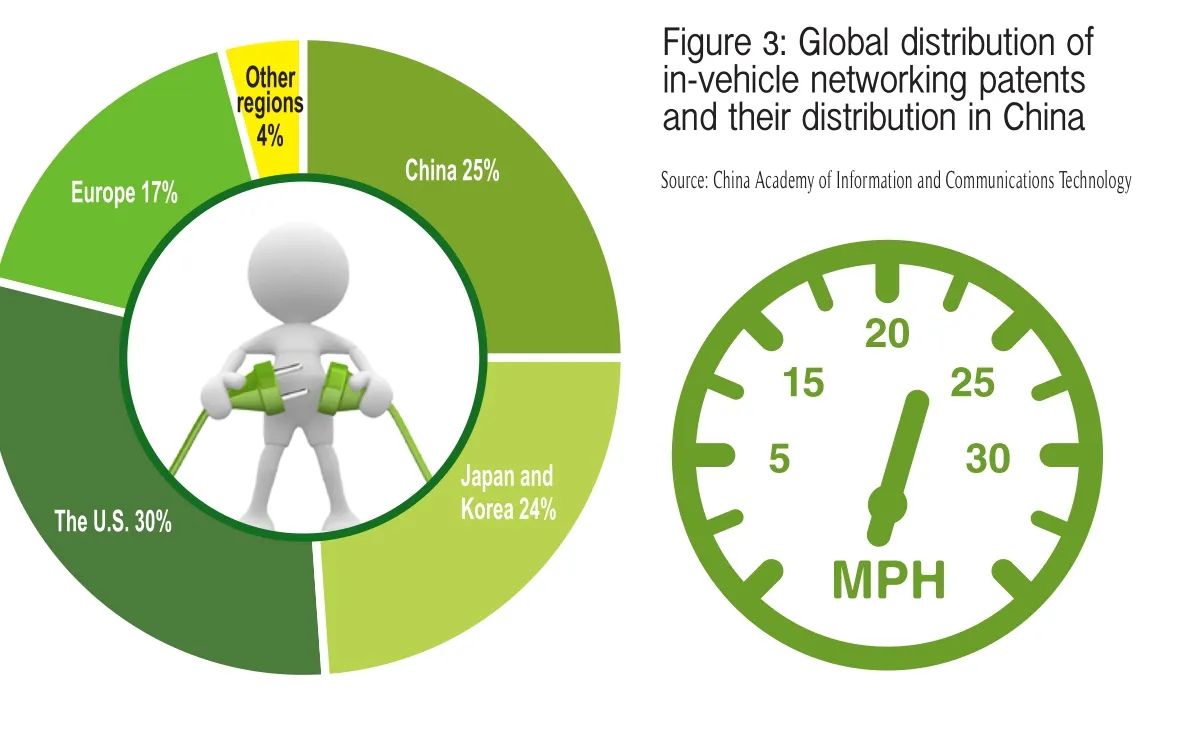
Figure 3: Global distribution of in-vehicle networking patents and their distribution in China
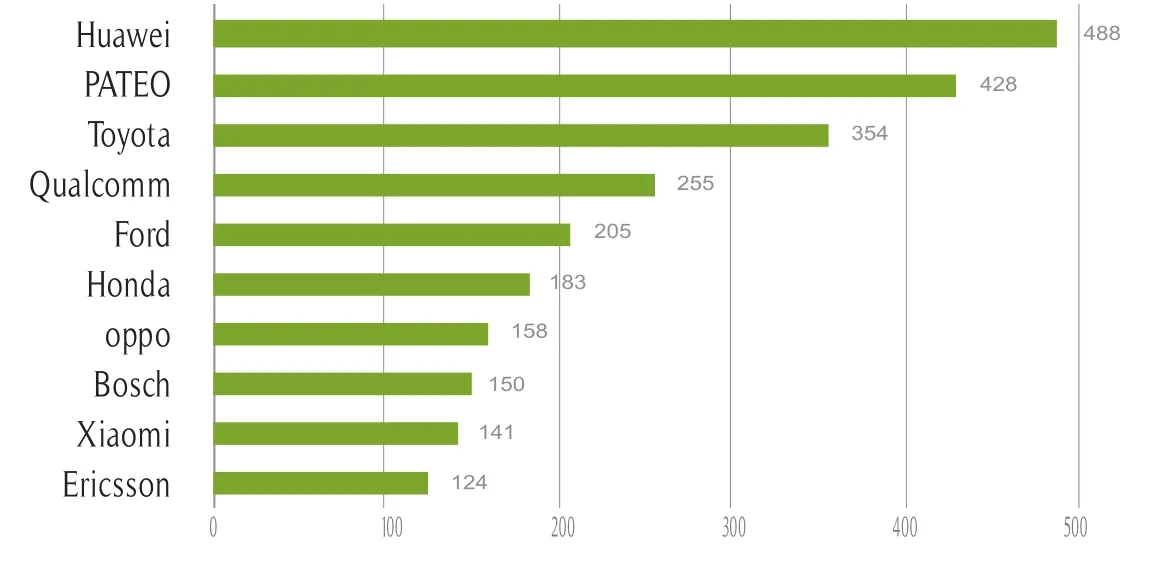
3
Application of new information and communication technology in the automobile industry will be an effective way to help solve such problems as traffic congestion, transportation safety, energy consumption, and pollution. To make NEVs connected to the Internet and be smart demands application of new technology, which will finally make safe and efficient self-driving a reality. China’s automobile industry stands at the forefront of global NEV research and development and mass production. Via communication technology, car networking enables individual vehicles to connect with other devices. China boasts an abundant reserve of in-vehicle networking patents. As of July 2020, the total number of patent applications in in-vehicle networking worldwide reached 98,821 after merging ones in the same patent family. Among them, the total number of patent applications in China has reached 24,877. China accounts for nearly a quarter of the world total, second only to the 30 percent share of the United States.


